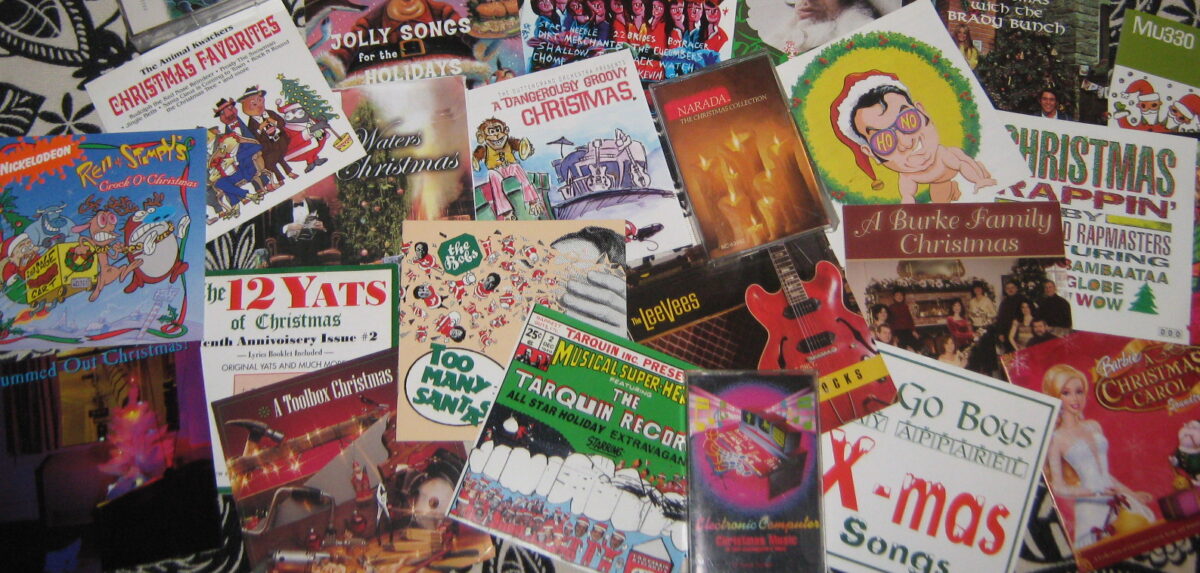Let’s get nuts. Songs are the backbone of my blogging, but they’re also the spine of the musician, the vertebrae of the album structure, and the central nervous adjunct of the on-stage musical. I’ve been in a dither lately when I resisted someone foisting the Star Trek musical episode soundtrack on me, claiming i wasn’t a fan of musicals. But that’s like NOT being a fan of music. There’s good and there’s bad. [Granted, here on the blog, i always include good and bad songs together… but i’ll snarkily judge for y’all.]
Musicals are an expression of story: full of character development, plot twists, setting context, and philosophical outcome. Then there’s book and score. One group is an excuse for the other. For our purposes, the songs matter more.
[I’ve stumbled over many a musical during my years of sampling so we’ll revisit some songs, but we’ll avoid all the Hallmark mistakes that toss in a number or two, and all the church/school jamborees for the 2nd grade performers, as well as the BIG SHOWS like ‘Holiday Inn’ and all those TV specials you know inside and out {For a much better blog about those see: ChristmasTVHistory.com}.]
To begin with, the tragedy of the Rouse Simmons (‘the Christmas Ship’) has broken wave before on the blog… but Chicago boasted a seasonal run of “The Christmas Schooner” for twelve years beginning in 1996. Set in that fateful pre-Wars year of 1912, the troubles with immigration (“That’s America“), poverty (“Song of the Hungry Peasants“), and modern morality (“Loving Sons“) supersede Christmas (“Winterfest Polka“) and the impending shipwreck itself (“Questions“)–the show ends by the final voyage the fictional Molly.
The 1910s Midwesternism of the setting lends itself to an operettic feel for the show. Each number is a warbling/belted out old-timey stretch. The drama of the big success of the first run of trees in “The Christmas Schooner” works well for that. But, i’ll admit a fondness for the suspenseful foreshadowing in “What is It about the Water?” Lots of shouting braided with boys’ choir and journaled angst. And pretty piano, too.
